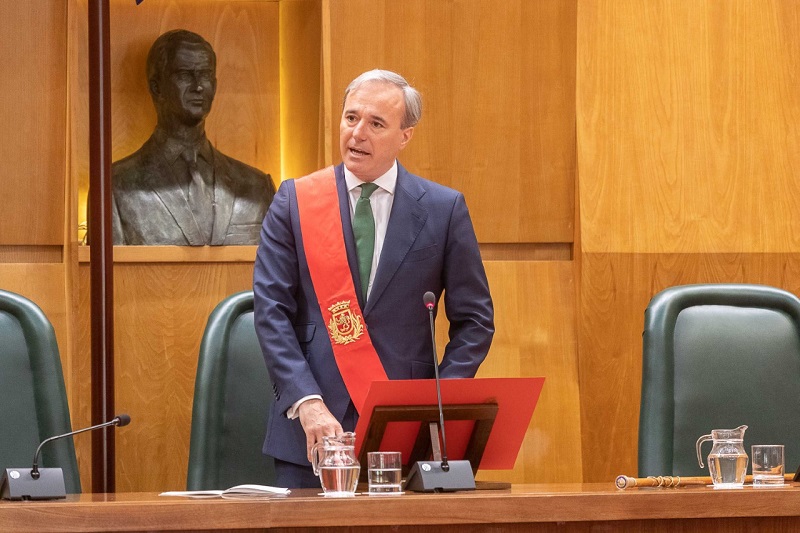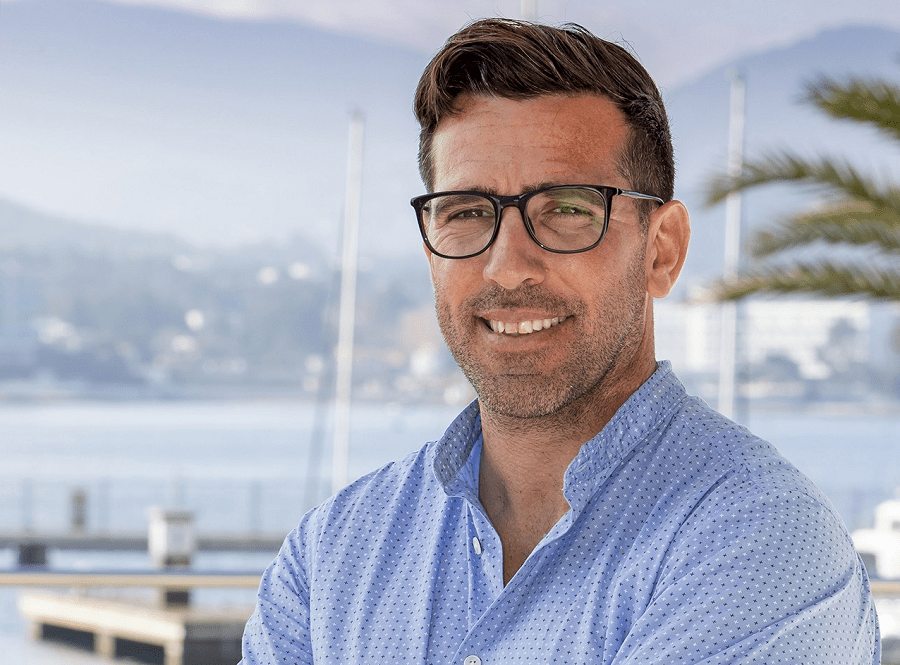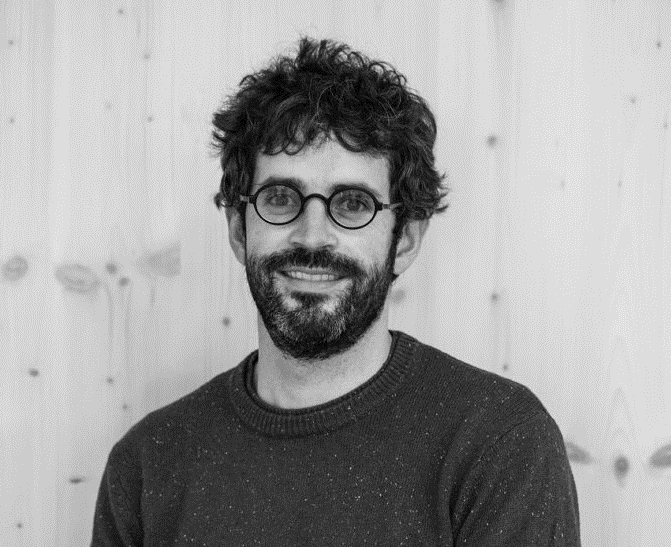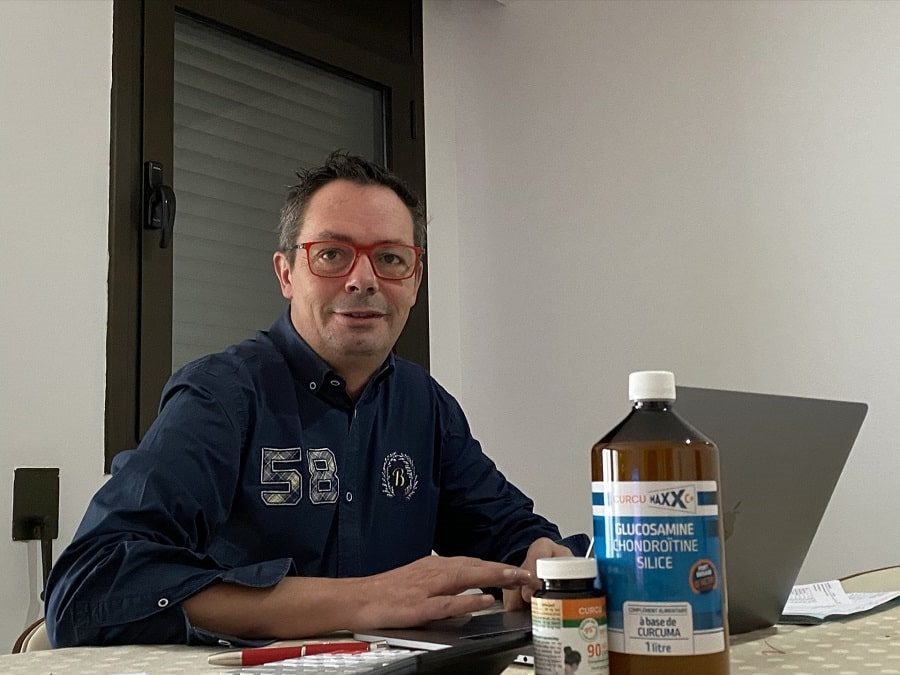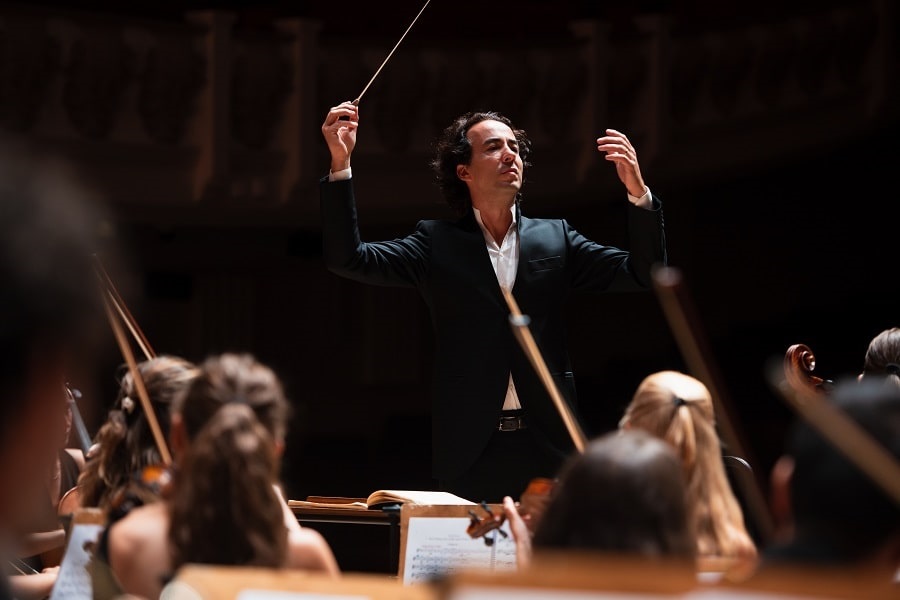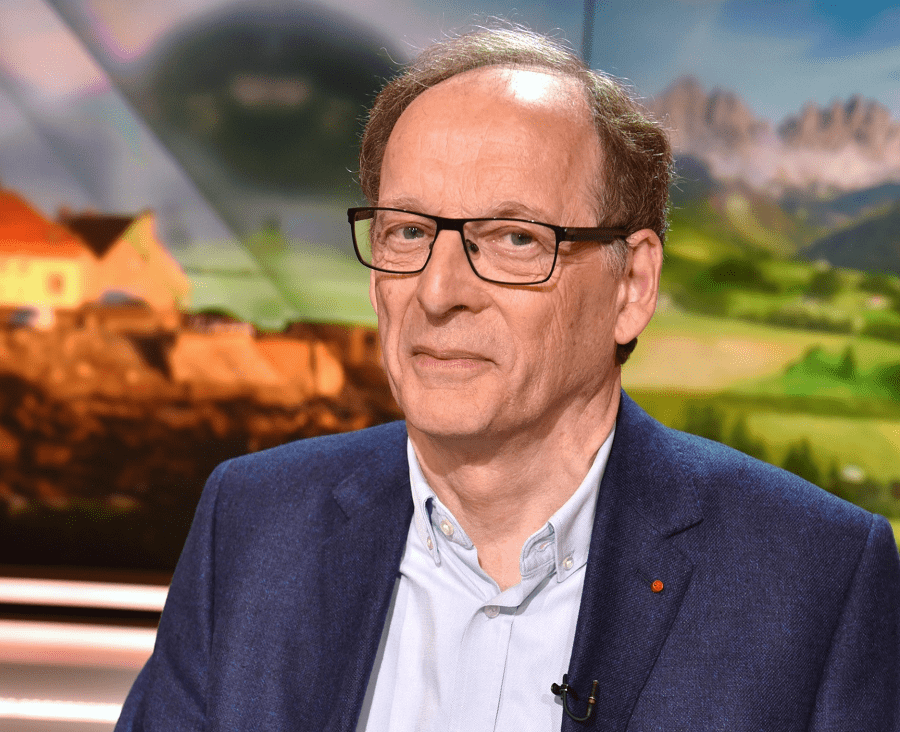Zaragoza is a city and municipality in Spain, the capital of the region of Zaragoza, province of the same name and part of the autonomous community of Aragon. It is a very touristic city. We have talked to the Mayor of Zaragoza, Jorge Azcón, about tourism development programs, the main types of industry, immigration issues and the involvement of foreign investors in the development of the city. In addition, we also raised the topic of gender-based violence and learned about the mayor’s main plans and tasks for the near future.
By Ximena Bravo:
Each city council has a program of development. In the case of the city council of Zaragoza, which area you invest the most resources and why?
The areas where we invest the most resources are, by far, the public services and mobility. The reason is clear. This is where the large contracts with the most essential services are provided, such as cleaning, transport, garbage collection, care of the green areas etc. And the aim of the city council is to provide these services with maximum efficiency. To the extent that we are delivering on this, we fulfil our basic functions as the City Council, which is to respond to the needs of our citizens.
Is there any strategic plan to attract tourists? If so, what does it look like?
We have a municipal board of trustees: “Zaragoza Turismo”, which is in charge of tourism development. Another important body is the municipal society “Zaragoza Cultural”, which is responsible for planning and designing the city’s cultural events and managing different festivals. Zaragoza is also an ideal place for business tourism. In 2018 there were 512 congresses and similar events, with an economic impact of almost 55 million euros.
In 2017, a Strategic Tourism Plan 2017-2020 was approved, which seeks to enhance economic, environmental and social sustainability factors, with special emphasis on promoting the city’s cultural events.
Now, with the new Government, in office since June, we need to review our strategy and launch our ambitious plans.
Could you tell us, who are your main tourists?
In 2018, Zaragoza hit its record and received 1,148,226 travellers. Moreover, about 1,928,377 overnight stays were registered.
The first three countries that bring us tourism are China with 69,250 visitors in 2018, which accounts for almost 20%; France, with 53,409 visitors (15%), and Italy with 27,967, visitors (7.88%). With regard to overnight stays, the figures for Chinese and French visitors are practically the same, with 80,847 and 80,757 stays respectively, while the Italians take the third place (61,075).
Chinese tourism is, by far, the one that has experienced the highest growth, multiplying by ten in recent years.
If you had to promote your City, what are the reasons that you would give to visit your city?
Our city has a first-class historical and cultural legacy, with magnificent attractions from the Roman, Muslim and Renaissance era. We have two wonderful cathedrals in the same square, the gothic “La Seo” and “El Pilar”, an iconic temple, which virgin is the patron saint of Hispanidad.
Moreover, we are a very pleasant, safe and hospitable city, with a high level of services and an excellent offer of bars and restaurants. As we are not mass tourism location our visitors can feel comfortable here, like at home.
What important cultural events took place in Zaragoza in 2019? Do you have any cultural agenda for the rest of 2019 and for the upcoming 2020?
This is precisely one of the challenges ahead, to improve our cultural offer with top-level events. We have a good musical offer, theatre, Jazz festival, cinema, a booming Easter…
But, besides our patron saint festivities in honour of the “Virgen del Pilar”, we need cultural events with a more periodic nature to give us a singularity. We are trying to bring the festival “Vive Latino”, the most important of the Ibero-American music events, that is celebrated in Mexico, to our city.
In terms of housing, what is the percentage of Saragossans who own their own homes?
Approximately 80% of housing is private property.
Regarding immigration to Zaragoza, let’s talk about its dynamics over the last 3-5 years. What is the origin of immigrants? How many immigrants live in your city? What is the level of education of the immigrant population?
In recent years, since 2013, there has been a downward trend in terms of the immigrant population, although in 2017 it stabilized and last year it rose slightly.
In 2018, 14.3% of the population registered in Zaragoza were foreigners, with a total of 100,837 people: 34% were of Romanian nationality (34,679), followed by Nicaraguans (7,385) and Moroccans (6,882). Then there were Chinese (5,449), Colombians (4,185), Ecuadorians (3,851), Algerians (2,830), Senegalese (2,632), Portuguese (2,044) and Italians (1,772). The level of education varies greatly between different nationalities.
In terms of cultural diversity, do you have any plans to enhance and secure the integration of the various “ethnicities”?
Zaragoza has always been an open and tolerant city, very welcoming to visitors and immigrants, and caring for their needs. To put a case in point, we are the only Spanish city with a permanent commission to support the Sahrawi people.
A milestone in such matters was the creation of the “House of Culture and Solidarity”, which is a social centre which objective is to promote the social integration of immigrants and ethnic minorities and to foster models of intercultural coexistence. This municipal service has the essential objective of promoting and encouraging the organization and development of activities aimed at raising the awareness of society regarding the migratory phenomenon and facilitating the participation of immigrants and minorities through the associative network.
In March of this year, a “Municipal Plan for a Diverse and Intercultural Citizenship” was approved. The main objective of the plan is to promote the integration of all the cultural diversity of the city, be it people of foreign origin or ethnic minorities.
In matters relating to women’s empowerment and equality, do you have any plans to foster, develop and empower women?
Zaragoza has been working in these areas for decades, often with a pioneering character. The first Municipal Women’s Care Plan was drawn up in 1982. We were one of the first city councils in Spain to do that.
In 1990, the “Casa de la Mujer” was created. This is the body responsible for developing these types of measures and carries out a myriad of activities and courses.
From “La Casa de la Mujer” and “Servicio de Igualdad”, which are part of Social Action department, various programs are developed every year, ranging from raising awareness to protection and reception of women who are victims of sexist violence, through training, employment orientation, counselling for women’s groups and affective-sexual education.
In 2007 the Equality Service made the first Equality Plan for Women and Men in the City of Zaragoza, with a timeline of 2011 which was later extended until 2018, when the second Plan, which ends in 2021, was drawn up.
Zaragoza is a city very committed to the defence and promotion of women’s rights and equality. We also support and are committed to the fight against violence and sexist culture, which are social scourges that we must eradicate by working together.
What could you tell us about the economy of your city?
Zaragoza is an advanced city, with macroeconomic data, such the size of the working population that is above the Spanish average and with clear strengths in the car industry, the service sector, logistics, renewable energy and agribusiness. According to the Economic Activity Index, we are the fourth city in Spain.
Which sectors of the economy are ranked first?
Our strategic economic sectors are the automotive, logistics and transport industries, renewable energy, business services, agribusiness and tourism.
Do you have any foreign investors? Which sectors of the economy are most popular with investors?
Aragon has more than quadrupled its foreign investment and a substantial part of that investment is located in Zaragoza. The number of projects supported by foreign direct investment (FDI) in Aragon almost quadrupled in 2018, which puts the Aragon community in the sixth position in terms of received investments in Spain, according to the latest edition of the European Attractiveness Survey by EY.
Nationally, the number of foreign investment projects grew 32%, reaching 314, compared with 237 registered in 2017. Thus, Spain is positioned as the fourth largest recipient in Europe, only behind France, the United Kingdom and Germany.
In your opinion, which sectors of the economy are most attractive for foreign investors?
Zaragoza is a city that has a location and infrastructure that make it very attractive for investments in the logistics sector. Here the main transport routes of the northwest of the Iberian Peninsula cross with the ones coming from other parts of Europe.
In addition, the main Spanish highways cross through Aragon: the A2 Madrid-Barcelona, the A-23 Mudéjar highways from Sagunto to Somport and the A-68 (Burgo de Ebro – Miranda de Ebro). Therefore, it is an ideal location as a transport centre, either by road, train or by air.
From Zaragoza, there are more than 80 weekly freight connections with Barcelona, Valencia and Bilbao and more than 21 weekly freight
flights with Mexico, all of Europe and parts of Asia. The city is connected with the Mediterranean and the Atlantic through the C-12 highway.
The whole of the Community’s logistics and public industrial supply, with more than 18,000,000 m2 of land, is designed with modern logistics and intermodal transport complexes, with the best quality infrastructure, equipment and services. The Plaza logistics platform in Zaragoza, with 13 million square meters, is by far the largest logistics platform in Europe and leads the supply of public logistics land in Aragon.
Furthermore, Zaragoza is a city that is starting to grow as a hub specializing in “smart cities”. It has a very active innovative ecosystem, both public and private, in which the Zaragoza Intelligent City service stands out.
In relation to small local business – do you have any support initiatives from the City Council?
We have several avenues of support and collaboration with small businesses. Besides, we are making a clear proposal for the impulse of the digitalization of the traditional trade that we will include in a Local Commerce Plan.
Traders have always had the challenge of adapting to changing consumer needs from the beginning of time, but today transformations are faster and more destructive, because our life, formerly purely analogue, has taken on a dual dimension: analogue and digital.
Consumer behaviour has changed dramatically in a short time due to the high penetration of mobile devices. The connectivity of the users to the Internet is constant and is present in almost every area of daily life: 24 hours, 7 days a week. The interaction between a consumer and a store before was limited to business hours and the physical space. At present, a consumer may have contact with any brand at any time.
The battle for subsistence is no longer waged only on square meters of surface or opening hours, we are in a more complex environment. The key is to innovate in all sales channels.
Currently, there is a gap between what consumers can do and what actions trade is taking to adapt to changes in the consumer habits which are almost entirely technology-based. There is a mismatch between the physical and digital channels yet to be resolved, especially in small businesses. That is why we have made a commitment to support the city’s small business in its digitization process.
Let’s talk now about the Environment and Sustainable Development Goals (SDGs). What initiatives are you promoting? Do you have an environmental action plan? What is it about? Do you work on any environment-related projects in schools?
We recently made an institutional statement, signed by all political groups, to join the Climate Community and advocate for political change in favour of the planet’s sustainability.
In 2009, the “Strategy for Air Quality and Climate Change in Zaragoza” (ECAZ) was published. The environmental sustainability objectives were set until 2015.
At this date, the ECAZ assessment was carried out and concluded the great progress made in the reduction of CO2 emissions in the sectors of direct municipal action (mobility, construction, public services and waste management). Per capita, CO2 emissions have dropped by 18% from 2005 to 2015.
With the aim of renewing agreements for the future and preparing for new global challenges, the Zaragoza City Council’s Environment and Sustainability Agency decided to implement a new strategy. This new plan is the “Strategy for Climate Change, Air Quality and Health of Zaragoza” (ECAZ 3.0), which has a deadline of 2030, and is in line with the ODS marked worldwide, that is, with the communication, quality education, sustainable cities and communities, responsible production and consumption, and climate action.
In general, on issues related directly to the city of Zaragoza, in what areas do you think work should continue?
In the global world we live in, nothing can be taken for granted as there is a strong competition between cities to attract businesses, talent and investment.
There are three areas that I think are key to the development of any city that wants to be efficient and prosperous: renewable energy, sustainable mobility and the implantation of technology in public services. These are the cities around the world, and my purpose is to give Zaragoza a decisive push in this direction.



